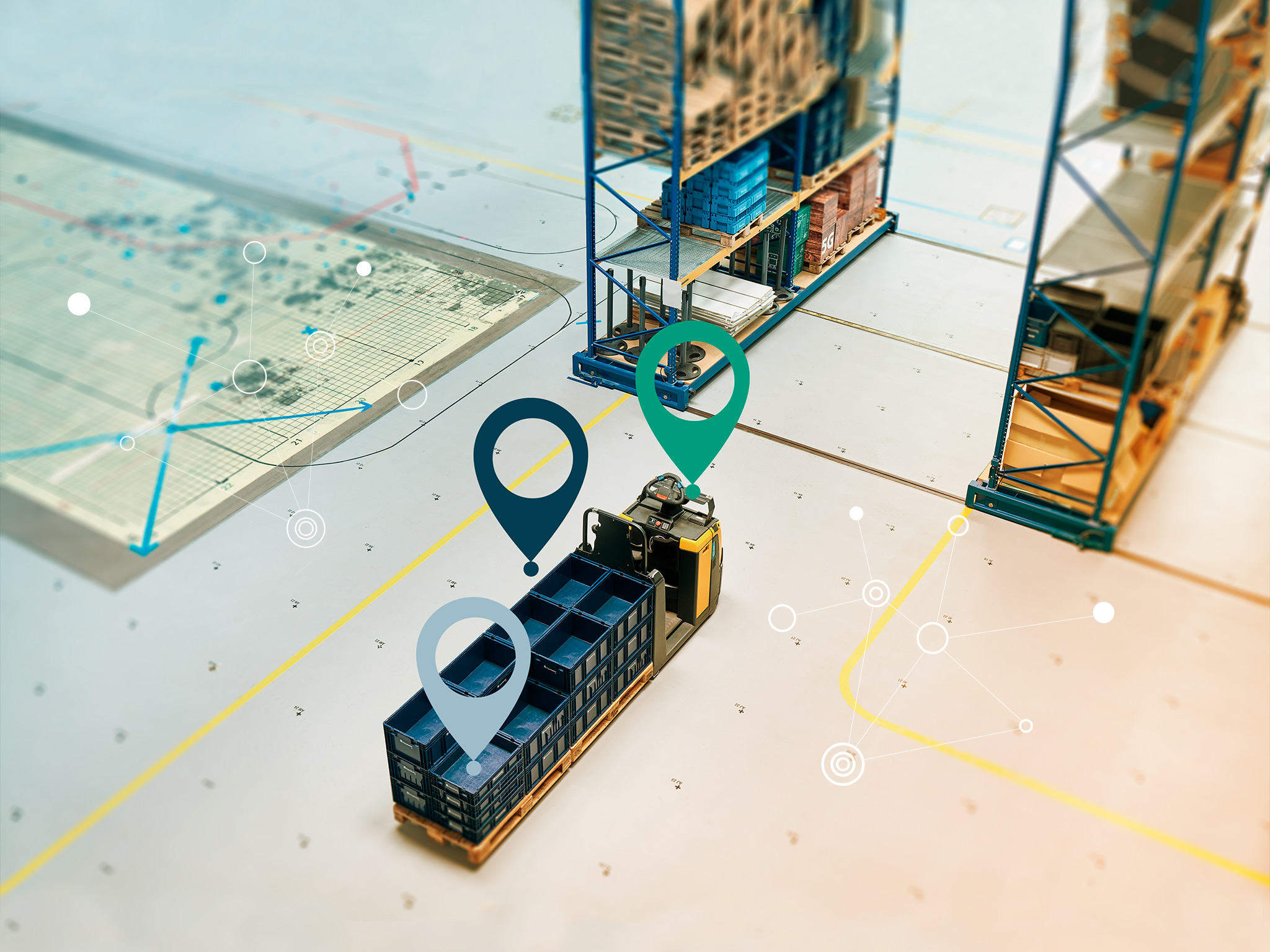5G refers to the fifth generation of mobile communications and is therefore the direct successor to 4G. 5G technology is constantly evolving. These developments are summarized by the 3rd Generation Partnership Project (3GPP) standardization committee in so-called releases, each of which contains new functions and improvements to functions that have already been introduced.
So far, 3 releases on 5G have been published.
5G Release 15: This release laid down the foundations for the 5G standard and was adopted in 2018. It introduced the first version of 5G NR and laid the foundations for many aspects of 5G technology.
5G Release 16: Enacted in 2020, Release 16 introduced a variety of new features and improvements that expanded 5G technology. This includes improvements in positioning accuracy to an estimated 3m indoors and horizontal positioning accuracy to 10m outdoors with latency times of less than 1 second.
5G Release 17: This release was approved at the end of 2022 and includes, among other things, the expansion of the usable spectrum to frequencies above the previously used mmWave range up to 71 GHz, as well as latency reductions and improved localization accuracy of 20-30 cm for IoT use cases.
5G Release 18: Released in 2024, Release 18 marks the beginning of ‘5G Advanced’ and expands the capabilities of 5G in key areas. It brings advances such as the integration of satellite communication (NTN), energy-efficient IoT technologies and more precise localisation through sidelink communication. Artificial intelligence also enables more dynamic and efficient network control. These developments lay the foundation for a more sustainable and versatile use of 5G.
5G Advanced: new standards for localization
The upcoming 18th release will bring with it some improvements that are summarized under the term “5G Advanced”. 5G Advanced aims to further reduce 5G's already low latency. While 5G typically offers latency times of around 1 to 10 milliseconds, 5G Advanced could target latency times of less than 1 millisecond. This would further improve the responsiveness of real-time applications such as augmented reality, virtual reality, industrial automation and autonomous vehicles. In addition, high localization accuracy will be possible with low power consumption at the same time.
Technologies for localization in 5G at Fraunhofer IIS
The 5G positioning architecture will integrate a variety of sensors based on both cellular signals and cellular-independent technology (e.g. inertial sensors) to enable a hybrid positioning scheme.
5G offers the best conditions for localization, as it offers, among other things, a large bandwidth for better time resolution, new frequency bands in the mm-wave range and massive MIMO for precise angle measurement. This helps 5G localization
contributes to the acceleration of industrial and logistical processes. This is made possible by using 5G to determine the position of, for example, drones (UAV) or driverless transport systems (AGV) and mobile robots (AMR), the tracking of goods and products in intralogistics processes or localization for AR applications can be implemented.
Localization with 5G can also be used to navigate emergency services or to locate an ever-increasing number of mobile sensors (e.g. environmental sensors). In addition, autonomous driving or use in hospitals to localize medical devices or in emergency services are other areas of application for localization with 5G.
Fraunhofer IIS is working on various use cases and is developing different ways to use 5G for positioning.
Other technological approaches are also considered. You can find out more about the approaches here.




